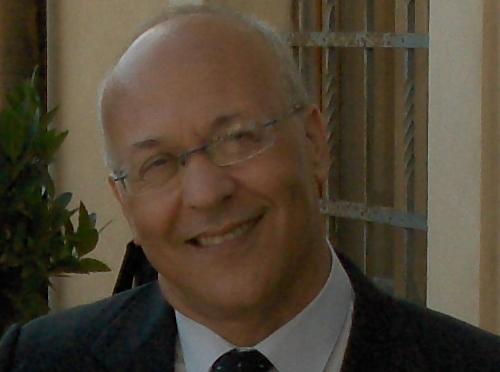
Giovanni Bonanno from INAF - Catania is active in different areas within SENSE: he is an important part of the experts group but also his lab signed the MoU and contributed to the common characterization studies of SiPM within SENSE. Working at the Catania Astrophysical Observatory Laboratory for Detectors (COLD) his main area of expertise is electronics.
What are the three most important steps you took on your way to become a photosensor expert?
- The need to select suitable detectors for the scientific/astronomical applications.
- The long study and expertise gained in solid state detector field.
- The availability and easy accessibility in my institute of appropriate optical facilities and very high quality electronics equipments. This allow me to carry out accurate measurements to share with the scientific community.
Tell us a bit about your daily work:
My principal field of interest is the photonics applied to astrophysical instruments. The main detector parameter that plays a relevant role in photonics is the Quantum Efficiency (Photon Detector Efficiency in case of sensors operating in Geiger mode) or better to say the detector attitude to transform each photon in photo-electron. It is fascinating to study, in collaboration with detector manufacturers, the possibility to improve the QE (or PDE) till to 100% and have an idle detector for the particular application.
Does your institute offer some activities for students? What kind of activities?
My institute collaborates with the Physics and Electronics departments of the Catania University. Students attend scientific and technological classes. Sometimes graduate students have access to the labs for PhD thesis. My institute hosts also technical courses held sometimes in the detectors lab (COLD).
Which part of the SENSE project is for you the most important?
The R&D work-package that surely helps to promote the collaboration between research groups (laboratories and institutions) and industries present all over the world
More information: